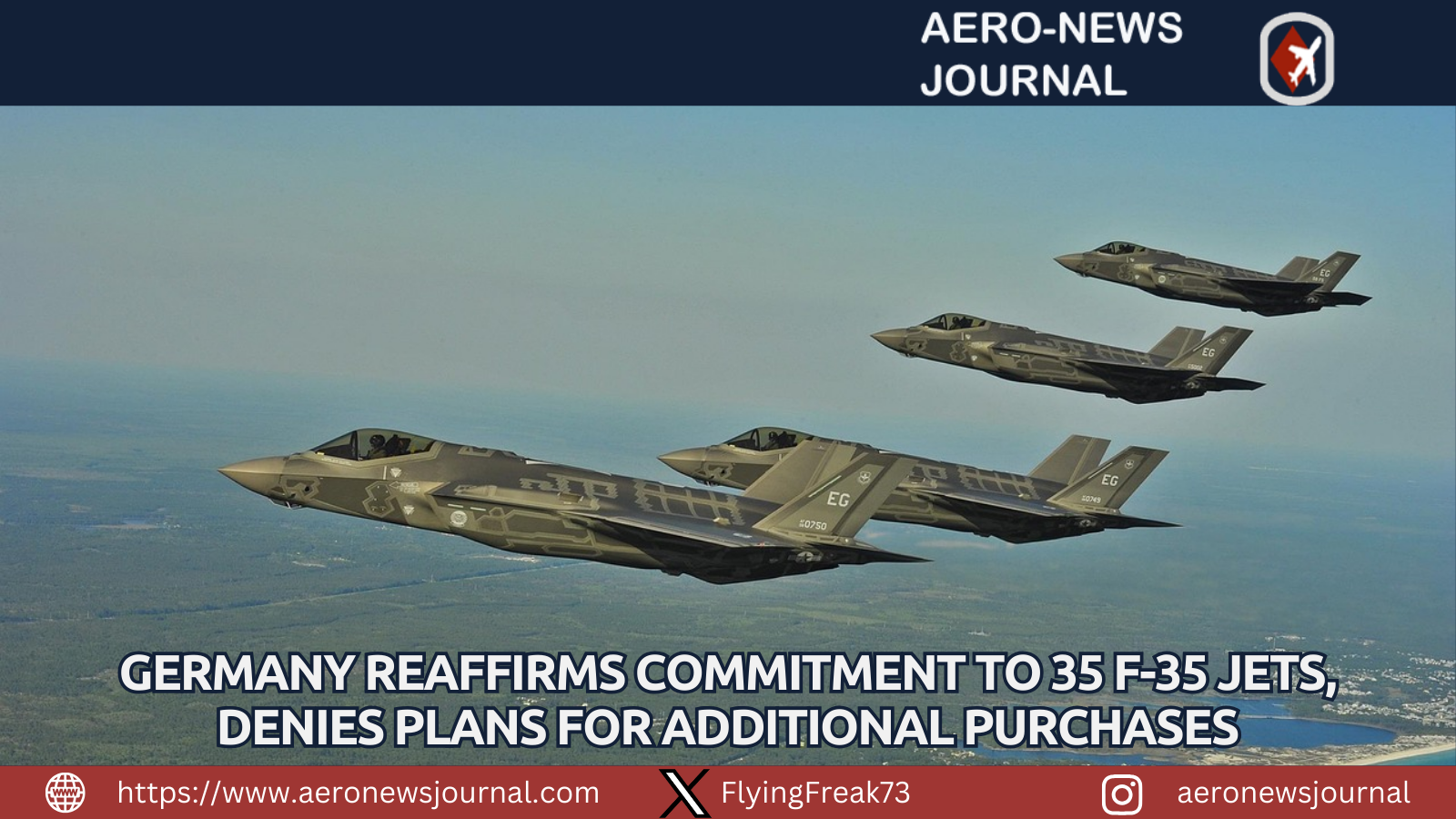
Berlin, July 12 - The German Ministry of Defense firmly stated that it has no plans to procure additional F-35 fighter jets beyond the 35 units already contracted, directly addressing and refuting a recent report by Politico that suggested Germany intended to expand its fleet to 50 aircraft. This clarification came during a routine press conference, where a ministry spokesperson emphasized that the current order of 35 U.S.-made F-35A Lightning II jets remains sufficient for Germany’s immediate defense needs. The existing contract, formalized in 2022, is part of a strategic initiative to replace the German Air Force’s aging fleet of 85 Panavia Tornado aircraft, which are slated for decommissioning by 2030 due to their obsolescence. These Tornados, critical to NATO’s nuclear deterrence strategy as they are capable of carrying nuclear warheads, are being phased out in favor of the advanced fifth-generation F-35s, which offer superior stealth, sensor fusion, and network-enabled capabilities.
.gif)
The decision to maintain the current order size comes amidst a complex backdrop of defense priorities and international collaboration challenges. Germany’s acquisition of the 35 F-35s, valued at approximately €10 billion ($11.7 billion), is a significant investment in modernizing the Luftwaffe. The first of these jets are scheduled to arrive in 2026, with German pilots and technicians beginning training at Ebbing Air National Guard Base in Arkansas. By 2027, the aircraft will be stationed at Büchel Air Base, ensuring Germany’s continued role in NATO’s nuclear sharing arrangements. The ministry’s spokesperson underscored that the focus remains on integrating these jets effectively, supported by domestic industrial efforts. For instance, Rheinmetall’s new fuselage production facility in Weeze, North Rhine-Westphalia, which opened in July 2025, will manufacture components for the F-35 program, including fuselages for Germany’s fleet and others globally, reinforcing Germany’s commitment to the existing order.
The Politico report, which speculated about an additional 15 jets, appears to have stemmed from earlier internal discussions within the defense ministry. A military source indicated that while the figure of 15 additional jets had been considered, NATO’s updated force and equipment targets prompted a reassessment. These new targets suggest that Germany’s current fleet plans may not fully meet future alliance requirements, potentially necessitating more aircraft in the long term. However, the ministry has categorically denied any immediate plans to expand the order, prioritizing fiscal discipline and strategic alignment.
This announcement also unfolds against the backdrop of strained relations with France over the Future Combat Air System (FCAS), a joint Franco-German-Spanish initiative to develop a sixth-generation fighter. Tensions have escalated due to disagreements over workshare distribution, with France reportedly demanding an 80% stake in the project’s key components. These disputes have raised doubts about FCAS’s timeline and feasibility, leading some to speculate that Germany might turn to additional F-35s as a contingency. However, the ministry’s statement signals a commitment to balancing its NATO obligations with European defense ambitions, focusing on the successful integration of the 35 F-35s already ordered while navigating the complexities of the FCAS partnership.
